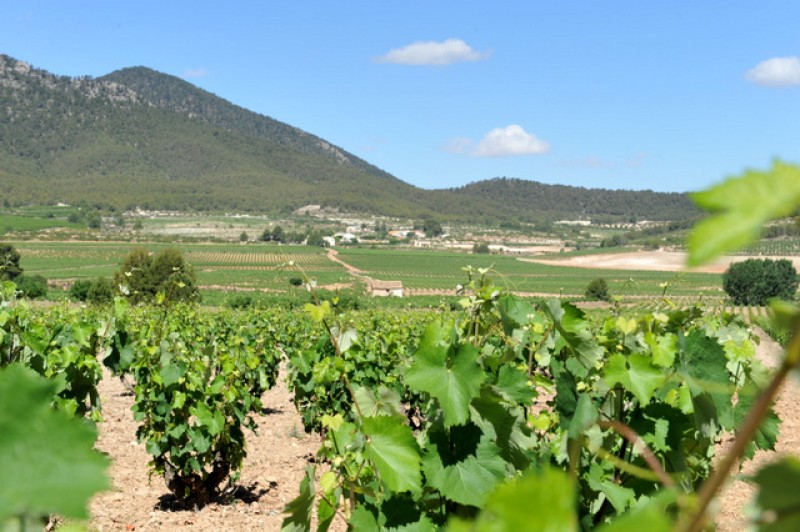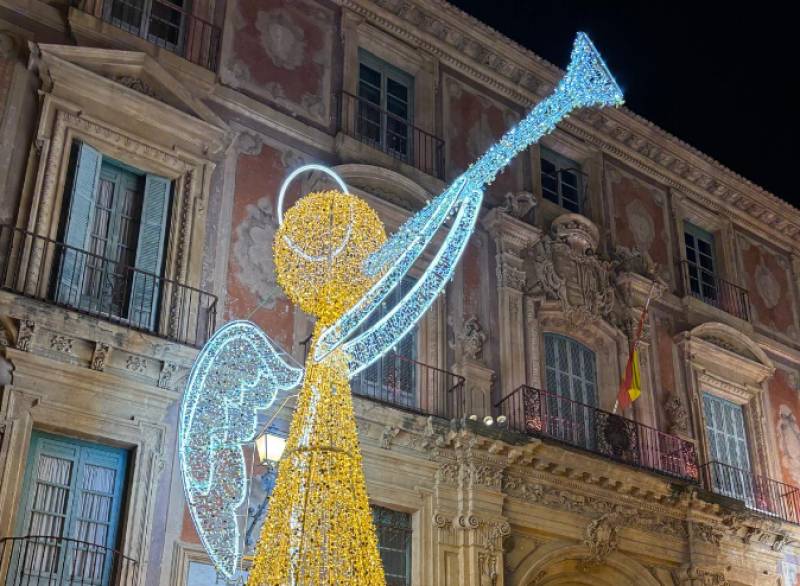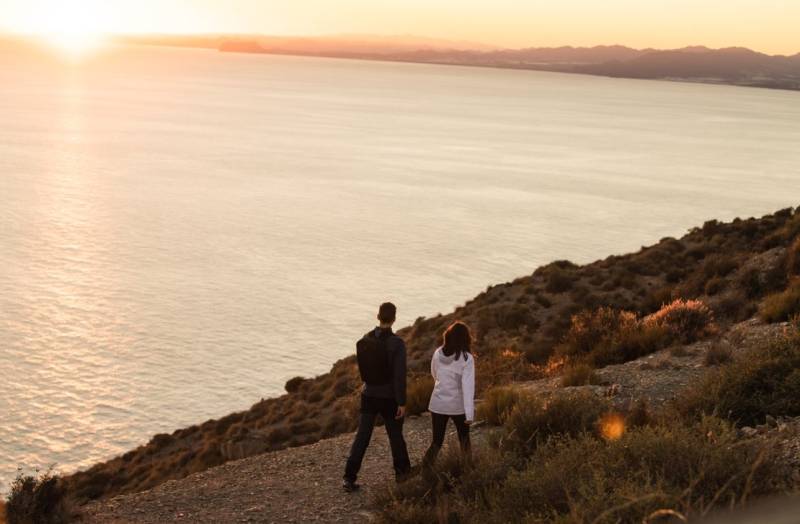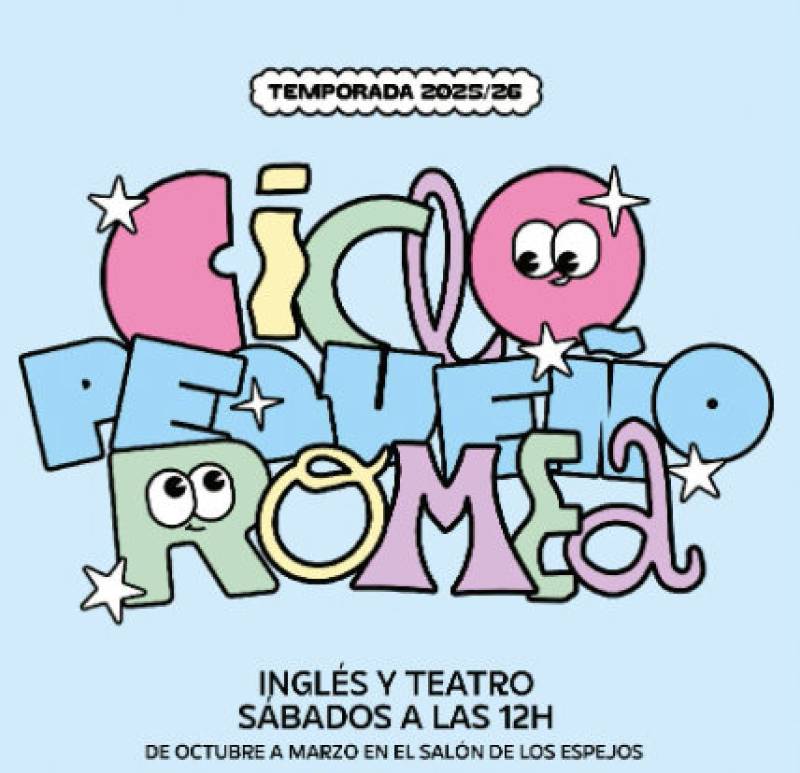

Guidelines for submitting articles to San Javier Today
Hello, and thank you for choosing sanjavier.today to publicise your organisation’s info or event.
San Javier Today is a website set up by Murcia Today specifically for residents of the urbanisation in Southwest Murcia, providing news and information on what’s happening in the local area, which is the largest English-speaking expat area in the Region of Murcia.
When submitting text to be included on San Javier Today, please abide by the following guidelines so we can upload your article as swiftly as possible:
Send an email to editor@spaintodayonline.com or contact@murciatoday.com
Attach the information in a Word Document or Google Doc
Include all relevant points, including:
Who is the organisation running the event?
Where is it happening?
When?
How much does it cost?
Is it necessary to book beforehand, or can people just show up on the day?
…but try not to exceed 300 words
Also attach a photo to illustrate your article, no more than 100kb

Bullas Wine Route: Bodega Balcona
Bullas Ruta del Vino: Bodega Balcona can be visited by prior appointment
Bodega Balcona is a family-run company which produces three wine labels from the grapes harvested on land in the Valle del Aceniche, and every effort is made to maintain the local viticultural and vinicultural traditions while at the same time incorporating state-of-the art technology into the production process.
The land on which the vineyards of Bodega Balcona are planted is at an altitude of approximately 800 metres above sea level, and despite the warm dry climate of the Region of Murcia it is fed by an aquifer under the valley which some moisture in the most extreme periods of drought. At the same time the altitude and prevailing airstreams give it a wide difference between daily maximum and minimum temperatures, favouring the maturing of the grapes.
However, until the mid-20th century the crops grown here were cereals, but in the 1950s it was bought by the widowed grandmother of the current managing director, Josefa Fernández Fernández, and the new owner named her winery La Balcona in reference to her own nickname: she was referred to as such on account of the balcony of her town house in Bullas itself.
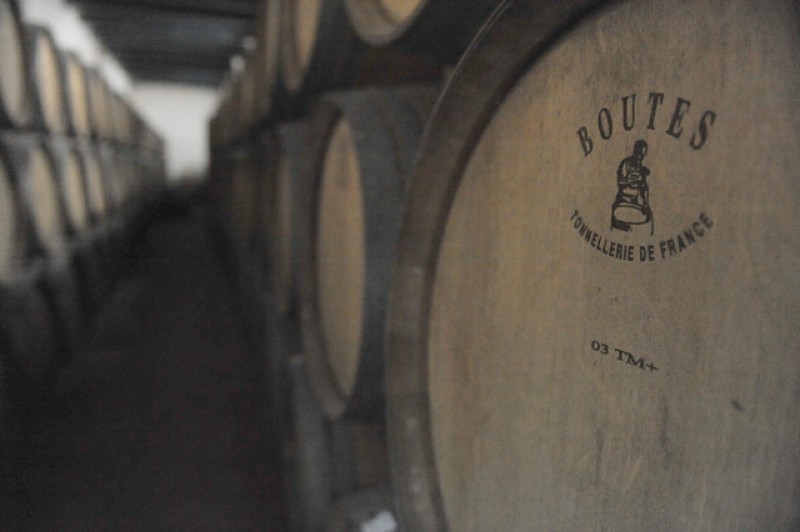
It was Josefa “La Balcona” who built the first small wine production facility on the land she managed in order to be able to offer wine to those who worked the land in the hard decades which followed the end of the Spanish Civil War in 1939, and she too was the one who planted the oldest surviving vines here, some of which are now 65 years old.
A generation later, Josefa’s daughter Dolores, also known as La Balcona, married Antonio, nicknamed El Partal, possibly because his family was associated with esparto grass production and artisan activity, and they extended the vineyards and founded the first wine-producing cooperative in Bullas in the 1950s. In 1997, three years after Bullas wines were awarded Denomination of Origin status, the winery’s whole philosophy was revolutionized by the arrival of viticulture expert Josep Lluis Pèrez Verdú from Mas Martinet in the province of Tarragona (Catalonia).
Under the guidance of Sr Pèrez Verdú the family firm now produces prestigious wines on a relatively modest but nonetheless significant scale, the three labels being Partal, 37 Barritas and Mabal.
The vineyards are technically in the municipality of Cehegín rather than in Bullas, but this is not unusual: the Denomination of Origin status extends to various concerns in Mula, Ricote, Cehegín, Lorca, Pliego, Caravaca, Moratalla and Calasparra as well as in Bullas. Anyone visiting Bodega Balcona should do so from Bullas.
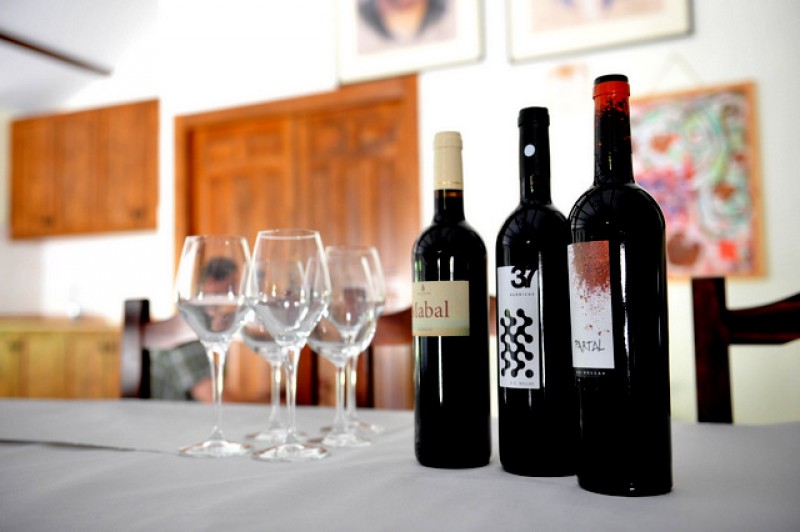
The philosophy of Bodega Balcona
Among the features of grape cultivation and wine production at Bodega Balcona are various which set the three main wines apart, including the following:
100% own grapes used: all of the grapes used in the production of Partal, 37 Barritas and Mabal wines are grown at the vineyards owned in the Valle de Aceniche.
Natural cultivation techniques: strenuous efforts are made to let nature take its course as far as possible in the way the vines grow. They are cut back every autumn after the first frost (normally in late November) and are then left to regenerate naturally. Only organic fertilizers are used, and this approach also extends to the wine production facilities, where only native yeasts are used in the fermentation process.
Similarly, the wine is not over-filtered, and on occasion this can lead to some natural residues being present.
Manual picking: Grapes are picked by hand and loaded into 20-kilo creates, from which the best bunches of each strain are selected for in-house production.
Patience: A crucial part of the philosophy at Bodega Balcona is that the action of time on the grapes and the wine is a necessary element of quality production. It takes time for the grapes to ripen and mature, for the maceration of the grapes to achieve structure in the tanks at temperatures of around 5ºC during the winter, for the wine to mature in the best French oak barrels after it is stored there, normally in February, and for the wines to achieve maturity in racks.
Variety: The three wines of Bodega Partal are very distinct products, each with their own nuances (see below).
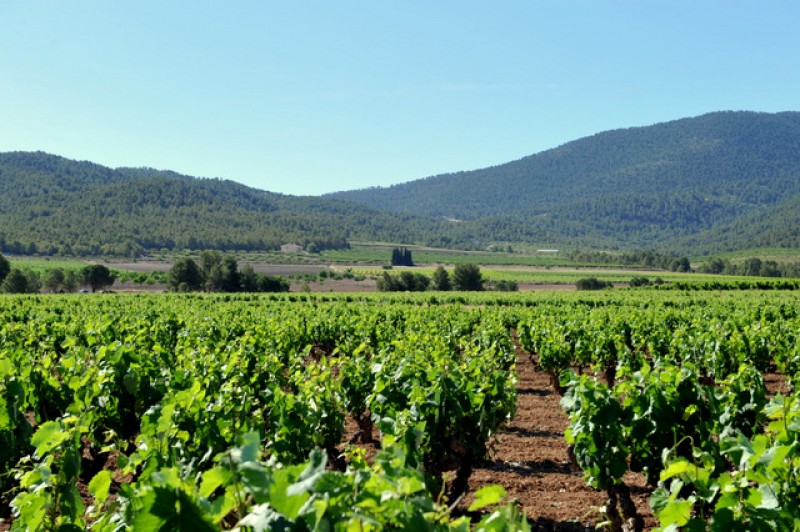
The vineyards and their location
Within the Valle del Aceniche there are various soil types and micro-climates which provide more or less favourable conditions for growing different strains of grape, although in this part of the Aceniche valley 90% of production is the Monastrell variety. The Monastrell thrives especially in the areas where the temperature is slightly lower, since it is not harmed by late spring frosts, while on the mountainsides Merlot grapes are cultivated at up to 900 metres above sea level. In these cases the vines are supported by trellises, whereas on the floor of the valley almost all of the plants are trimmed back to a height of approximately 1.2 metres.
The only vines which are cultivated with the aid of irrigation are those of the Cabernet Sauvignon and Sirah varieties.
Monastrell vines particularly favour non-irrigated conditions and have deep roots which can reach up to 20 metres below the surface, those in this valley taking advantage of the high level of the water table beneath the soil. The oldest vines produce the best grapes, although not necessarily the largest crop
The Monastrell vines are grown in the blackish chalky soil which gives a light mineral taste to the grapes, while Tempranillo is favoured in clay soils and Cabernet Sauvignon is the variety preferred in more gravelly clay. The Sirah variety adapts well to limestone, while Merlot is chosen for areas where a mix of clay and limestone predominates.
In total the vineyards owned by Bodega Balcona occupy an area of some 80 hectares, and such is the yield that only eight hectares are used for the wines produced here: the rest of the harvest is sold to cooperatives producing D.O. Bullas wines. Each of the 250,000 or so vines here produces between three and four kilograms of grapes each autumn, and all of them are hand-picked with the best being selected for production at the Balcona winery.
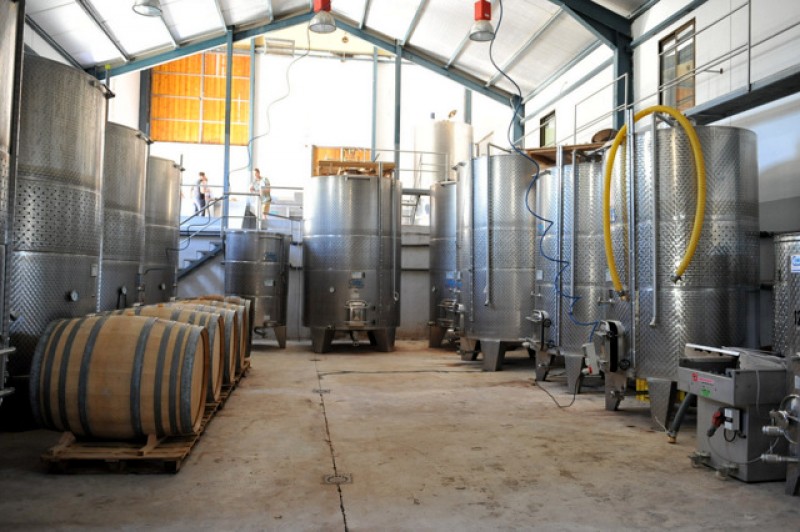
The winery
The winery itself is located in the north-western part of the valley, and is a functional building which blends in with the picturesque surroundings. Everything is laid out with a view to producing quality wines: the stepped levels of the reception and production areas allow the handpicked harvests to travel by gravity to the selection benches, where the grapes are sorted, and fermentation takes place in stainless steel tanks with a capacity of 5,000 and 10,000 kilos.
At all times temperatures and other factors are monitored closely by the resident enologist, and the barreled and bottled wines are then aged in an underground cellar with ideal relative temperature and humidity.
Partal is aged in barrels of the finest French Allier oak, whilst 37 Barricas lies in barrels of American and French oak.
Total annual production reaches approximately 40,000 bottles, of which around htree quarters are exported all over the world, with some of the major purchasers being in Japan.

The wines of Bodega Balcona
In terms of quantity the most important wine produced at Bodega Balcona is Partal, which is produced using grapes of the 65-year-old Monastrell, Sirah, Tempranillo, Cabernet Sauvignon and Merlot varieties, while the 37 Barricas wine includes only 45-year-old Monastrell, Tempranillo and Cabernet Sauvignon grapes.
Arguably the most distinctive, though, is the Mabal wine which is named after the current managing director’s mother (Mamá Balcona, abbreviated to Mabal). This is produced using only the grapes of the 40-year-old Monastrell vines on the land in the Valle del Aceniche.
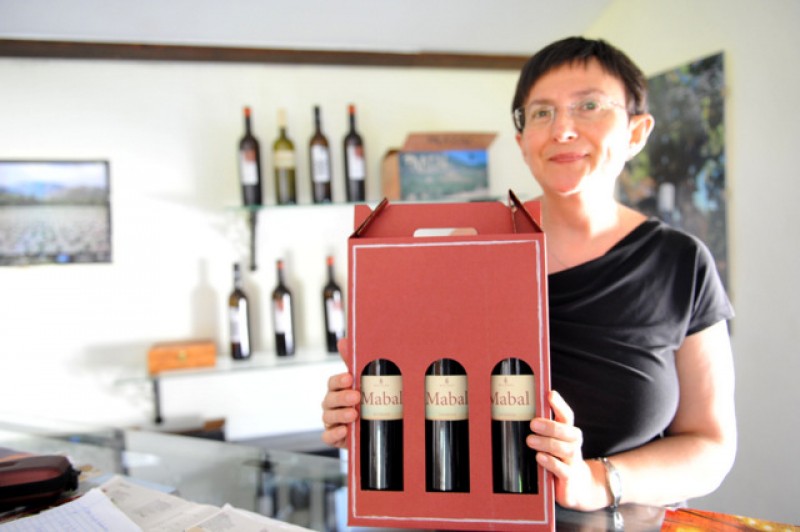
Guided tours
A visit to the Bodega Balcona starts, as does the production process, in the picturesque vineyards, and is followed by a brief visit to the production area and the cellar before the indispensable trip back upstairs to the reception area. Here an opportunity to taste the three wines (Partal, 37 Barricas and Mabal) is included in the price of the visit, and of course bottles of all three can be purchased.
In principle the tours, which typically last around 90 minutes, are available from Monday to Sunday between 10am and 5pm. However, prior booking is recommended, and on occasion it may be possible to arrange visits outside this timetable.
The cost of a visit is set at four euros per head for a minimum group size of six, amounting to 24 euros (including the tastings). Smaller groups are still required to pay a total of 24€, although on the plus side they can share the wine among fewer people!
Tours can be conducted in English on request by prior reservation.
Further information and reservations at info@bodegabalcona.com or by telephone on 968 652 891.
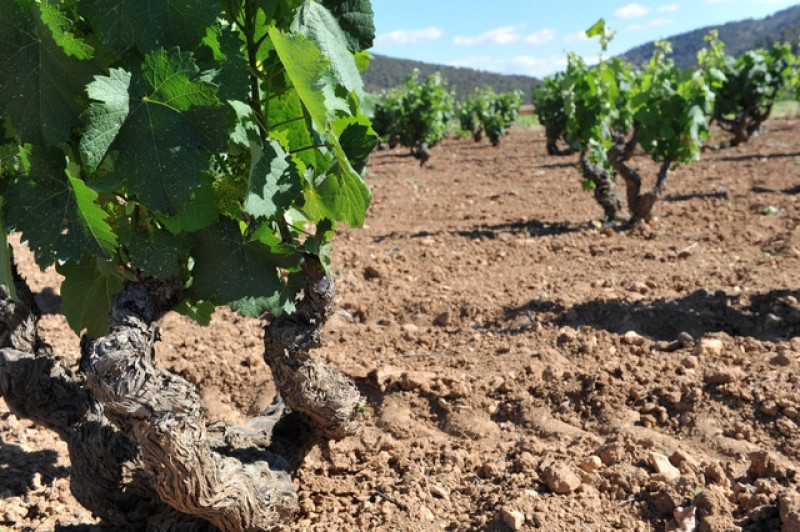
How to get to Bodega Balcona
Those visiting Bodega Balcona should do so by heading south-west out of the town of Bullas on Calle del Río. As soon as the built-up area comes to an end there is a left fork to the Salto del Usero beauty spot: ignore this and continue on the country road which is officially known as “Diseminado Sendero Fuente Mula” for approximately eight kilometres.
Various wineries are visible and signposted along this road, but there is little else in the way of directions. At kilometre 9.7, though, a small turn-off to the right is signposted “Bodega Balcona”, and the road takes motorists into the heart of the Aceniche valley with the winery visible on the other side.
The Diseminado Sendero Fuente Mula road eventually leads to the village of Avilés in the large municipality of Lorca.
It is possible to combine a visit to the Museo del Vino with a visit to the Bodega in one mornng.
Click for more information about Bullas including wine route details






